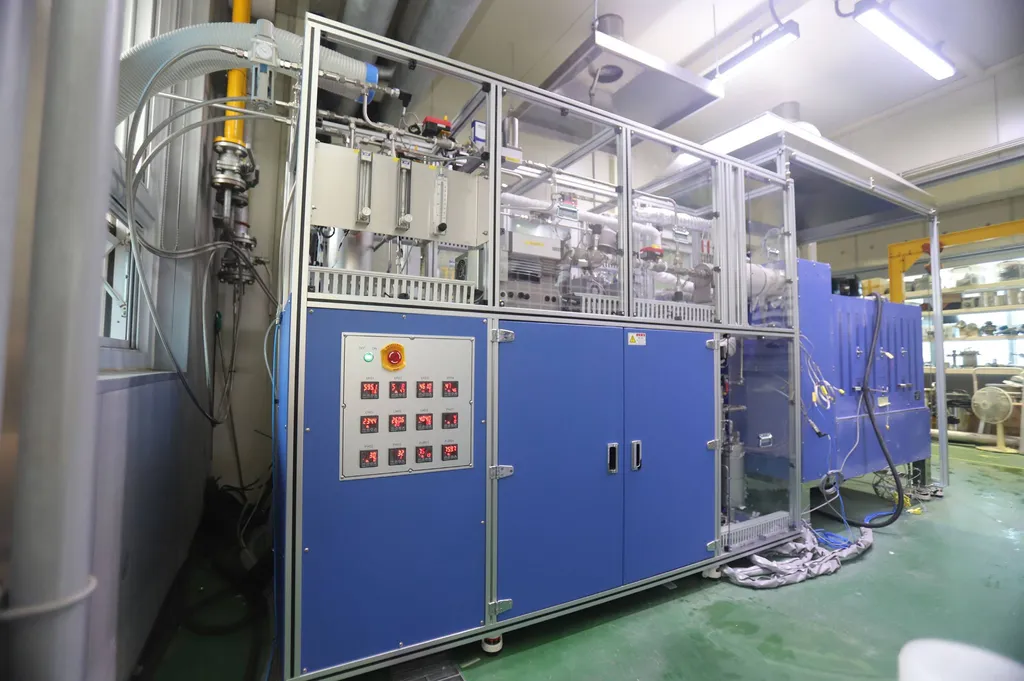In a significant stride towards advancing flexible and transparent electronics, researchers have developed a novel method to enhance the adhesion of printed silver (Ag) mesh electrodes on various substrates. This breakthrough, led by Han-Jung Kim from the IT Materials & Components Research Center at the Gumi Electronics & Information Technology Research Institute (GERI) in South Korea, promises to revolutionize the manufacturing of next-generation electronic devices, including those used in maritime applications.
The study, published in the journal ‘Nanomaterials’ (which translates to ‘Nanomaterials’ in English), focuses on digital printing technologies such as inkjet printing, aerosol jet printing, and electrohydrodynamic jet printing. These methods have gained traction for their potential in creating flexible and transparent electronic devices. However, a persistent challenge has been the weak adhesion between the printed electrodes and the substrates, leading to delamination and compromising device reliability.
To address this issue, Kim and his team introduced a dielectric interlayer between the Ag mesh electrodes and the substrates. This interlayer significantly improved adhesion on glass, polyethersulfone film, and polyimide film substrates. The optimized electrode on polyethersulfone (PES) film achieved an impressive optical transmittance of 83% at 550 nm and a line resistance of 0.3 Ω, making it highly suitable for transparent electrode applications.
“The incorporation of the interlayer not only enhanced adhesion but also improved mechanical flexibility across all substrates,” Kim explained. This advancement is crucial for the development of flexible and transparent heaters, which have numerous applications in various industries, including maritime.
One of the most promising aspects of this research is its potential impact on maritime sectors. Transparent heaters can be used in defogging and deicing systems for ship windows, radar screens, and other critical equipment. The ability to print these electrodes using digital printing technologies makes the manufacturing process more efficient and cost-effective, which is particularly beneficial for large-scale applications in the maritime industry.
Moreover, the printed electrodes demonstrated uniform surface heating under an applied bias of up to DC 3 V, further confirming their feasibility as low-power flexible transparent heaters. This feature is especially valuable in maritime environments where power efficiency is paramount.
“The findings present a simple and effective printing strategy for fabricating robust and multifunctional electrodes,” Kim noted. This breakthrough offers enormous potential for the realization of future flexible and transparent electronic systems, paving the way for innovative solutions in the maritime sector and beyond.
In summary, the research led by Han-Jung Kim represents a significant step forward in the development of flexible and transparent electronics. By enhancing the adhesion and mechanical flexibility of printed Ag mesh electrodes, this study opens up new opportunities for maritime applications, from defogging systems to advanced display technologies. As the maritime industry continues to embrace digital transformation, such advancements will play a crucial role in improving efficiency, reliability, and performance.

